The Lynx
The lynx is a large, short-tailed cat, similar to the
bobcat, but distinguished by its long legs, furry feet, the
long tufts on the tip of each ear, and a black-tipped tail.
The large broad feet function as snowshoes to aid the lynx in
winter hunting and traveling. The dense soft fur is buffy grey
with indistinct spotting. Most adults weigh from 18 to 30
pounds (8.2–13.6 kg). Male lynx are generally larger than
females and occasionally weigh 40 pounds (18.2 kg) or more.
The production and survival of lynx kittens is strongly influenced by cyclic changes in snowshoe hare and other small game populations. When prey are abundant, a high percentage of 1-year old or older female lynx produce kittens, most of which survive. When prey is scarce, very few yearlings breed, the number of breeding adults declines, and very few kittens survive until winter.
Kittens remain with their mother until late winter and acquire the hunting skills and knowledge necessary for their survival. During the following breeding season, family units begin to break up.






 Alaska Time
Alaska Time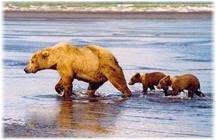













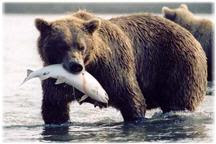
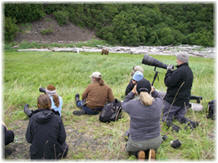




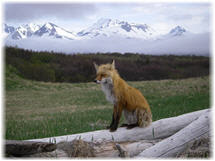


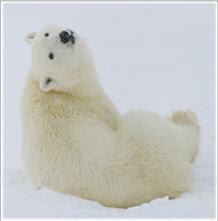







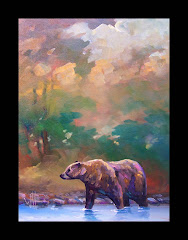





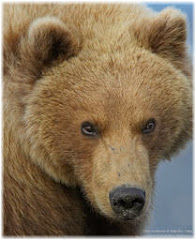




No comments:
Post a Comment